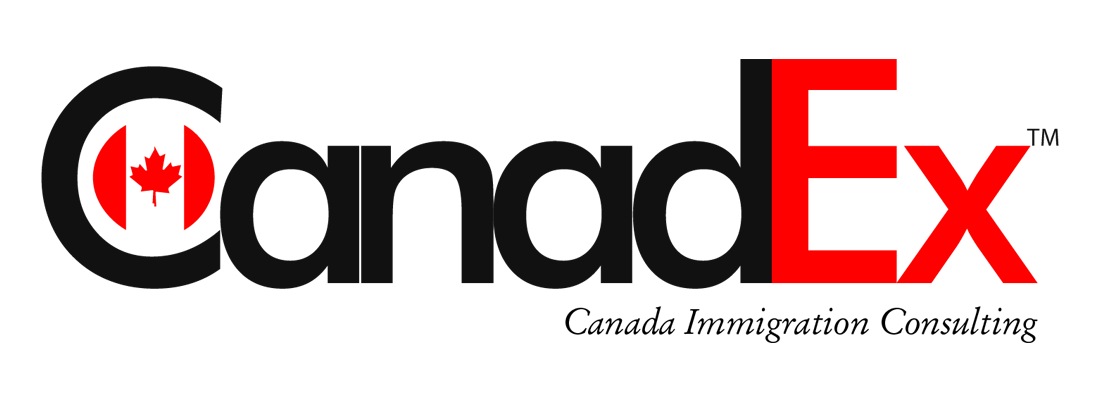Canada has witnessed a significant rise in the number of spouses and common-law partners under the Spousal Immigration Sponsorship program in May. Data from Immigration, Refugees and Citizenship Canada (IRCC) indicates a 10.7% increase in new permanent residents compared to April. In April, 6,025 spouses and partners gained permanent residency, up from 5,445 in the previous month.
Monthly Trends and Rebounds
The increase in May follows an earlier surge of 12.6% in April, marking a rebound from a 12.8% decline in March. This trend shows a strong recovery and continued growth in spousal sponsorship immigration.
Year-to-Date Figures and Comparisons
By the end of May, Canada had welcomed 29,445 new permanent residents through the spousal sponsorship program. Despite the increases in April and May, the total for the first five months of the year remains 21.6% lower than the same period last year, which saw 37,550 new permanent residents.
Projected Annual Totals
If the current rate of spousal sponsorship continues, Canada could see approximately 70,668 new permanent residents by the end of the year. This would be about 6.1% fewer than the 75,260 new residents recorded last year.
Provincial Breakdown of New Arrivals
Ontario remains the top destination for spouses and common-law partners, with 14,855 new permanent residents in the first five months of the year. Other provinces and territories have also seen various numbers of arrivals:
- Newfoundland and Labrador: 65
- Prince Edward Island: 75
- Nova Scotia: 370
- New Brunswick: 260
- Quebec: 3,275
- Manitoba: 830
- Saskatchewan: 485
- Alberta: 3,860
- British Columbia: 4,695
- Yukon: 30
- Northwest Territories: 30
- Nunavut: 15
Notable Increases in Specific Provinces
Newfoundland and Labrador experienced the highest percentage increase, with a 200% rise in new permanent residents through the spousal sponsorship program in May. Saskatchewan saw a significant increase of 92.3%, and British Columbia reported a 63.6% rise. Conversely, Ontario, despite being the top destination, saw a 15.9% decrease in May.
Sponsorship Requirements and Financial Obligations
Generally, there is no income requirement to sponsor a spouse or common-law partner unless they have a dependent child with children of their own. Sponsors must sign an undertaking to provide financial support for their spouse’s basic needs, including food, clothing, shelter, and non-covered health services.
Income Considerations
Employment Insurance (EI) payments are considered income for sponsors, while other government payments like federal training allowances are not. Sponsors are legally bound to support their spouse regardless of changes in their relationship or financial situation.
Improved Processing Times
IRCC’s website shows a reduction in processing times for spousal sponsorship applications. As of now, it takes approximately 10 months for applications to be processed for those outside Quebec, a significant improvement from the 20-month wait in 2022.
Canada’s Spousal Sponsorship program continues to show robust growth, with significant monthly increases in new permanent residents. Despite a slower start to the year, projections indicate strong overall numbers for 2024. The reduction in processing times further enhances the attractiveness of this immigration route, ensuring faster reunification for families.
